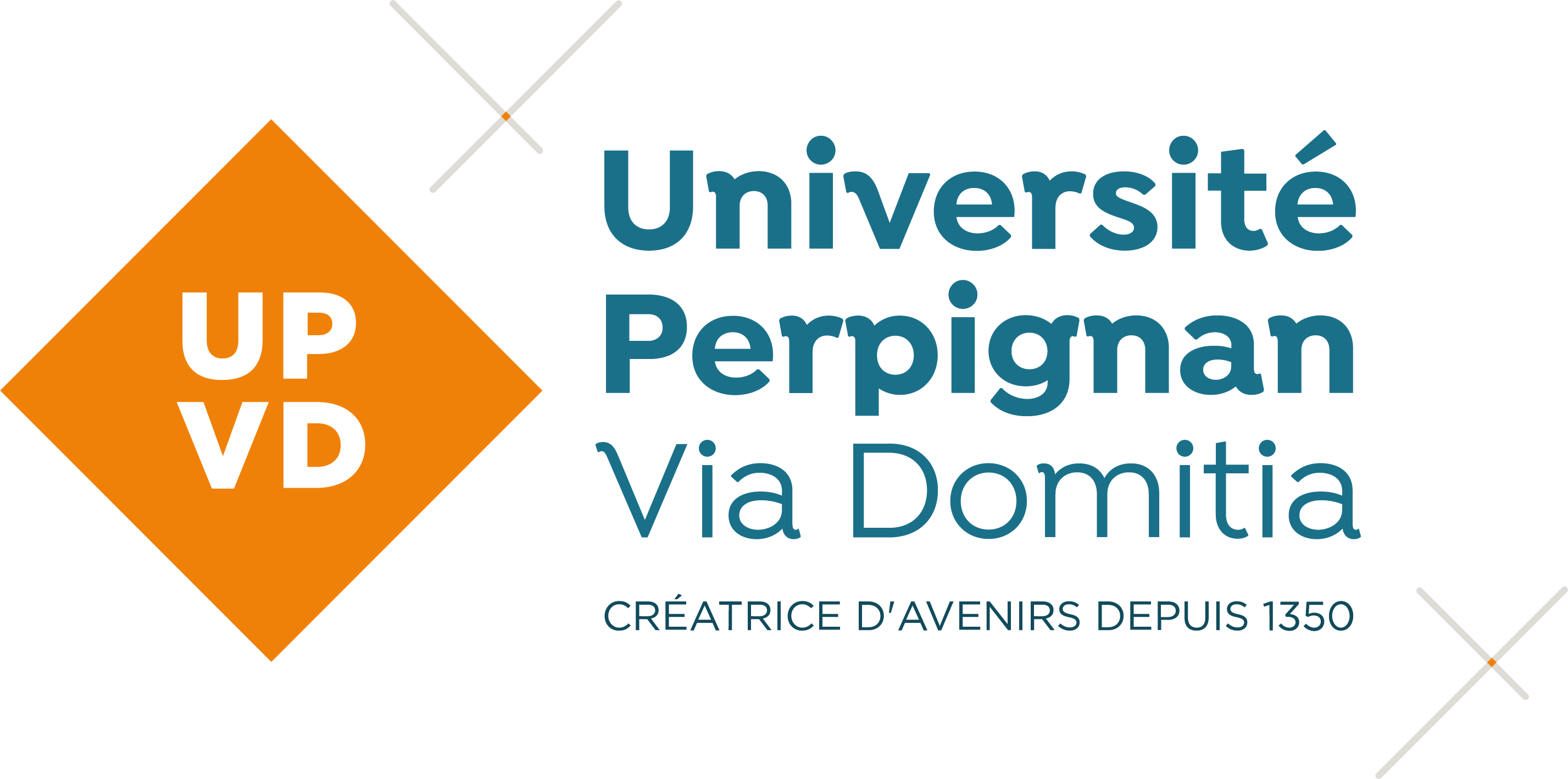Subtelomeric plasticity contributes to gene family expansion in the human parasitic flatworm Schistosoma mansoni
Résumé
Background: The genomic region that lies between the telomere and chromosome body, termed the subtelomere, is heterochromatic, repeat-rich, and frequently undergoes rearrangement. Within this region, large-scale structural changes enable gene diversification, and, as such, large multicopy gene families are often found at the subtelomere. In some parasites, genes associated with proliferation, invasion, and survival are often found in these regions, where they benefit from the subtelomere's highly plastic, rapidly changing nature. The increasing availability of complete (or near complete) parasite genomes provides an opportunity to investigate these typically poorly defined and overlooked genomic regions and potentially reveal relevant gene families necessary for the parasite’s lifestyle.
Results: Using the latest chromosome-scale genome assembly and hallmark repeat richness observed at chromosome termini, we have identified and characterised the subtelomeres of Schistosoma mansoni, a metazoan parasitic flatworm that infects over 250 million people worldwide. Approximately 12% of the S. mansoni genome is classified as subtelomeric, and, in line with other organisms, we find these regions to be gene-poor but rich in transposable elements. We find that S. mansoni subtelomeres have undergone extensive interchromosomal recombination and that these sites disproportionately contribute to the 2.3% of the genome derived from segmental duplications. This recombination has led to the expansion of subtelomeric gene clusters containing 103 genes, including the immunomodulatory annexins and other gene families with unknown roles. The largest of these is a 49-copy plexin domain-containing protein cluster, exclusively expressed in the tegument—the tissue located at the host-parasite physical interface—of intramolluscan life stages.
Conclusions: We propose that subtelomeric regions act as a genomic playground for trial-and-error of gene duplication and subsequent divergence. Owing to the importance of subtelomeric genes in other parasites, gene families implicated in this subtelomeric expansion within S. mansoni warrant further characterisation for a potential role in parasitism.
| Origine | Fichiers éditeurs autorisés sur une archive ouverte |
|---|




